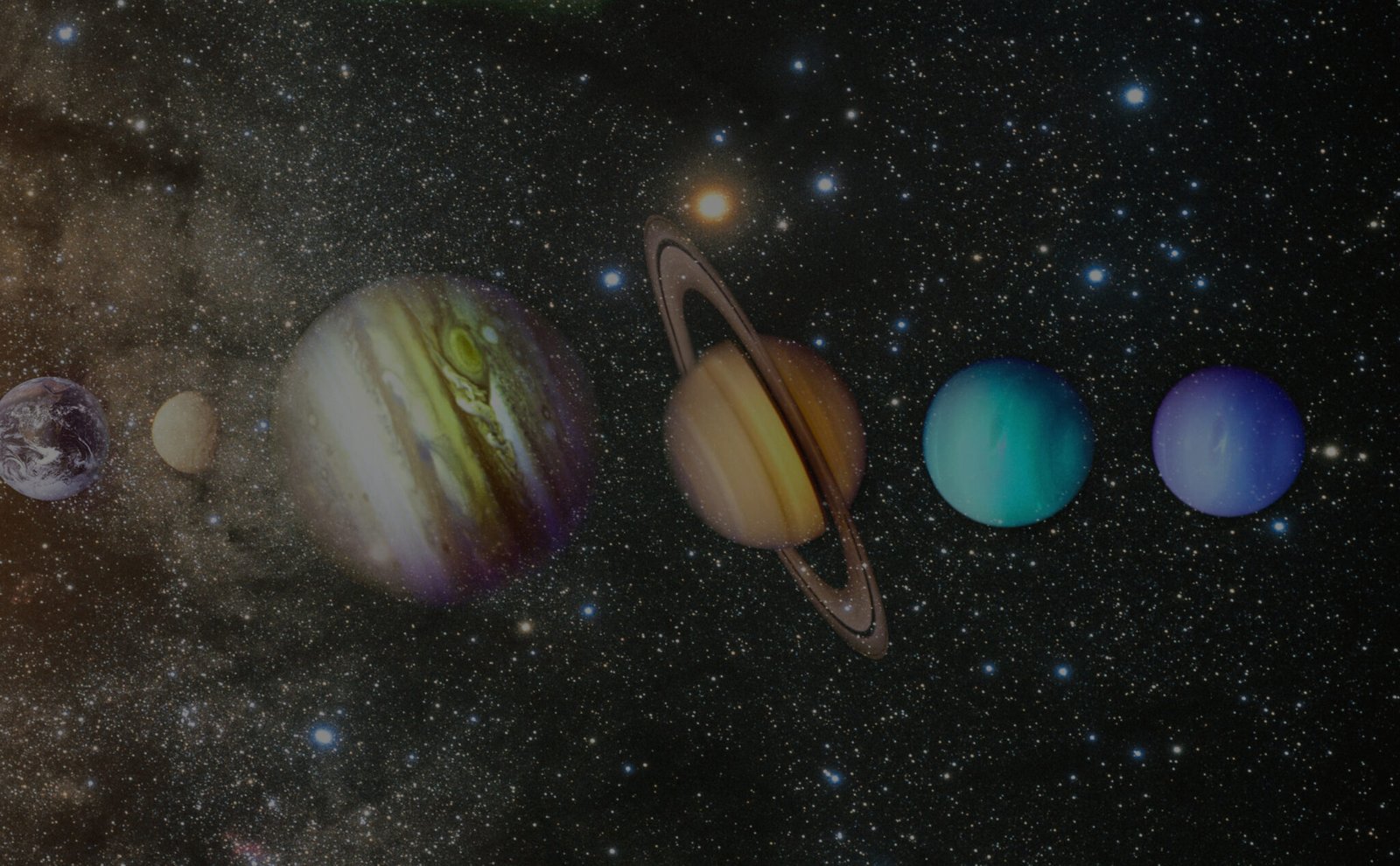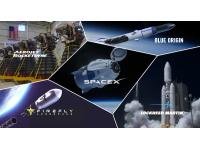The Pioneer Program stands as a testament to humanity's relentless pursuit of knowledge beyond the confines of Earth. Launched by NASA in the late 1950s, the Pioneer Program played a pivotal role in advancing our understanding of the solar system and marked the beginning of interplanetary exploration. This article delves into the history, objectives, and key milestones of the Pioneer Program.

Historical Background:
In the aftermath of World War II, the United States and the Soviet Union engaged in a scientific and technological competition known as the Space Race. In response to the Soviet Union's successful launch of the first artificial satellite, Sputnik 1, in 1957, the United States established NASA (National Aeronautics and Space Administration) in 1958. As part of NASA's early initiatives, the Pioneer Program aimed to explore the outer reaches of our solar system.
Objectives of the Pioneer Program:
-
Solar Exploration: The initial focus of the Pioneer Program was to study the Sun and its effects on the solar system. Pioneer 0, the first mission in 1958, aimed to orbit the Moon and study cosmic rays and solar flare effects. Although Pioneer 0 was not successful, subsequent missions like Pioneer 4 in 1959 successfully performed lunar flybys and transmitted valuable data back to Earth.
-
Interplanetary Exploration: Building on the success of lunar missions, the program evolved to explore other planets. Pioneer 5, launched in 1960, became the first spacecraft to directly analyze the solar wind, providing crucial insights into the Sun's outer atmosphere.
Key Milestones:
-
Pioneer 10 (1972): One of the most iconic missions in the Pioneer Program, Pioneer 10, was launched on March 2, 1972, with the objective of studying Jupiter. On December 3, 1973, it became the first spacecraft to perform a flyby of the largest planet in our solar system, providing unprecedented data on Jupiter's atmosphere and magnetic field.
-
Pioneer 11 (1973): Launched on April 5, 1973, Pioneer 11 followed a trajectory to Jupiter and Saturn. On September 1, 1979, it became the first spacecraft to fly by Saturn, capturing detailed images of the ringed planet and its moons.

Legacy and Impact:
The Pioneer Program laid the groundwork for future interplanetary exploration and set the stage for subsequent missions to outer planets. The data collected by Pioneer 10 and 11 provided valuable insights into the composition and conditions of Jupiter and Saturn, enhancing our understanding of gas giants.

The success of the Pioneer Program paved the way for more ambitious missions, including the Voyager Program, which took interstellar exploration to new heights. Pioneer 10, in particular, continued to transmit signals until its last weak signal was received on January 23, 2003, nearly 31 years after its launch, marking an enduring legacy for the program.
Conclusion:
The Pioneer Program, with its early achievements and groundbreaking missions, remains a cornerstone in the annals of space exploration. Through its endeavors, scientists and engineers learned valuable lessons that influenced subsequent space missions, propelling humanity further into the cosmos. The program's legacy endures, as its contributions continue to inspire ongoing efforts to unravel the mysteries of our solar system and beyond.








